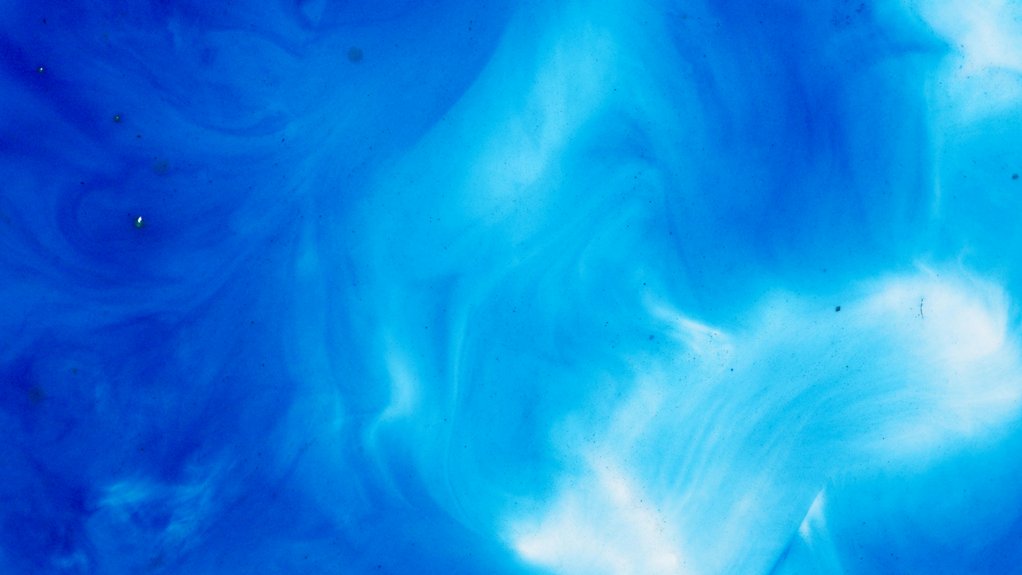
When it comes to watercolor painting, choosing the right paper can significantly impact your work. You might find yourself torn between cold press and hot press options, each offering unique benefits. The texture, weight, and fiber composition all play a role in how your paint interacts with the surface. So, how do you decide which paper will best suit your artistic vision? Let's explore some essential factors to consider.
Understanding Watercolor Paper Types
When diving into watercolor painting, the type of paper you choose can greatly influence your results.
You'll typically encounter three main types: rough, cold press, and hot press. Each type has unique characteristics that affect how your paint interacts with the surface.
Rough paper, with its textured surface, captures paint beautifully, allowing for vibrant washes and deep textures.
Cold press, also known as NOT (not hot pressed), strikes a balance, offering enough texture for detail while still being versatile for washes.
Hot press paper, smooth and flat, is perfect for fine details and precision work.
Understanding these options helps you select the right paper for your artistic vision and enhances your overall painting experience.
Choose wisely!
Cold Press vs. Hot Press: Key Differences
Although both cold press and hot press papers are popular choices for watercolorists, they cater to different techniques and styles.
Cold press paper, also known as not paper, has a textured surface that holds water well, making it ideal for loose, expressive washes and layering. If you enjoy creating depth and dimension, cold press is your go-to option.
On the other hand, hot press paper features a smooth surface, perfect for fine details and precise lines. If you favor a more controlled approach, hot press will suit your needs.
Ultimately, your choice between cold and hot press paper should be based on your artistic preferences and the specific effects you want to achieve in your watercolor paintings.
Texture Matters: Choosing the Right Surface
As you explore the world of watercolor painting, the texture of your paper plays a crucial role in determining your artwork's outcome. Different textures can affect how paint interacts with the surface, influencing the final look of your piece.
For instance, cold press paper has a rough surface that allows for vibrant washes and texture, making it perfect for landscapes or abstract work. On the other hand, hot press paper offers a smooth finish, ideal for detailed work and fine lines.
Additionally, rough paper can add depth to your paintings, while smooth surfaces provide precision. Assess your style and subject matter to find the texture that complements your vision, ensuring your watercolors shine in the best light possible.
Tips for Selecting the Best Watercolor Paper
How do you choose the best watercolor paper for your artistic needs? Start by considering the weight. Opt for paper that's at least 200 gsm for better water absorption.
Next, think about texture; cold-pressed paper offers a nice texture for blending, while hot-pressed is smoother for detailed work. Don't forget to check the fiber composition—100% cotton paper is durable and high-quality, but there are great alternatives if you're on a budget.
Additionally, try out different brands to find one that suits your style. Lastly, consider the size; larger sheets allow for more freedom, while smaller pads are convenient for travel.
With these tips, you'll find the perfect paper to bring your watercolor visions to life!
Conclusion
In conclusion, choosing the best paper for watercolor painting really comes down to your personal style and the effects you want to achieve. Whether you prefer the textured surface of cold press for vibrant washes or the smooth finish of hot press for fine details, it's essential to consider texture, weight, and fiber composition. Experiment with different types to find what works best for you, and let your creativity flourish on the perfect paper!
Best Sellers














